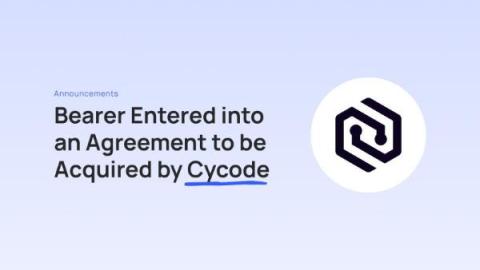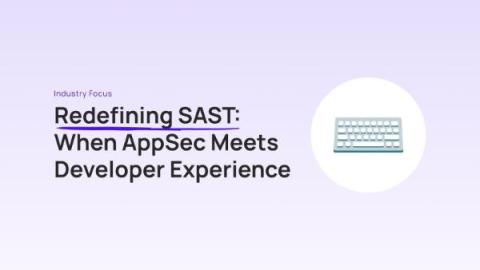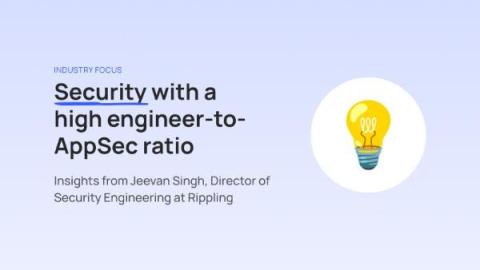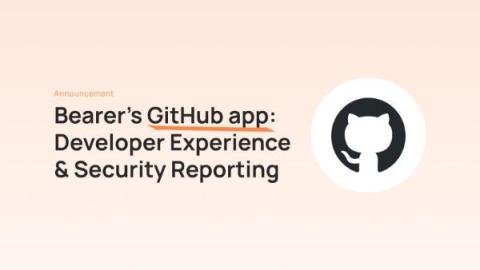Security | Threat Detection | Cyberattacks | DevSecOps | Compliance
Bearer
Redefining SAST: When AppSec Meets Developer Experience
Step-by-Step: Integrating SAST into Your Development Workflow
Introducing Bearer's Advanced GitLab Integration
Empowering Security Champions with Modern Static Application Security Testing (SAST)
Over the past two decades, as organizations have increasingly strived to integrate security into their development processes, the role of Security Champions has evolved from an informal position to one of strategic importance. They are now responsible for prioritizing security in their projects, leveraging powerful tools like Static Application Security Testing (SAST) to achieve this goal.
Celebrating 50,000 Downloads of Bearer CLI - and what it means!
Bearer CLI, our free and open code security (SAST) scanner, has now been downloaded over 50,000 times since its launch back in March — this year! Behind this number are represented some key industry trends: Let’s dig in!
Security with a High Engineer-to-AppSec Ratio: Insights from Jeevan Singh
Navigating the delicate balance between an expanding number of engineers and the imperative for robust Application Security (AppSec) practices is no small feat. In this interview, we delve into the invaluable perspective of Jeevan Singh, the Director of Security Engineering at Rippling, the #1 workforce management platform. He shares insights and strategies that have allowed him in his career to successfully navigate the intricate maze of security amidst a high engineer-to-AppSec ratio.
Introducing Bearer Assistant
Artificial Intelligence (AI) is a hot topic these days, especially across the security industry. There's hardly a day when we don't read about its potential to create an impact on our lives, for better or worse. As a security company, we truly believe in the potential of AI, but we didn't want to jump into the deep end without careful consideration as we followed the buzz with a healthy amount of skepticism.
Enhancing Developer Experience and Security Reporting on Workflows
In our previous blog post, we introduced Bearer’s new GitHub App and highlighted its seamless onboarding process and on-demand scanning capabilities. Today, we focus on how this app can significantly enhance the developer experience within Pull Requests (PRs) while providing critical reporting capabilities to security teams.
Introducing Bearer's GitHub App
We are thrilled to introduce the Bearer GitHub App, a powerful addition designed to streamline your workflow and elevate your security practices.











